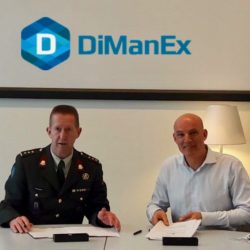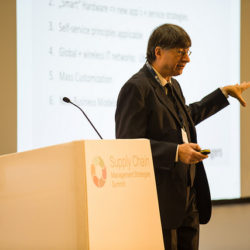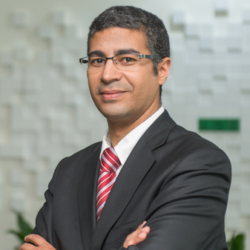Dutch Army starts cooperation with Dimanex to solve spare part supply challenges

In May 2018, the Material Stock Logistic Command of the Dutch Army signed a letter of intent to cooperate with Dimanex – a provider of a cloud-based, end-to-end service for distributed 3D manufacturing through a network of certified Additive Manufacturing partners – in order to deploy 3D printing within its supply chain for the supply of spare/service parts whenever needed and in the right volume. This initiative falls within the scope of the Army’s Land Maintenance Initiative as part of the efforts to make the Armed Forces more adaptive.
Sourcing legacy parts is a recurring challenge for the Dutch Army, just like it is for many manufacturers and service organizations. Dimanex provides a solution for spare/service parts which were no longer available or would become obsolete when buying the minimum order quantity. Therefore Colonel Gerhard Schonewille and Dimanex CEO Tibor van Melsem Kocsis recently signed the letter of intent.
3D printing, which within the Dutch Ministry of Defence is also known as additive manufacturing (AM), is a technology that has advanced considerably in recent years. The Dutch Ministry of Defence has been experimenting with the technology for some time and ultimate aims to embed 3D printing into its operations in a streamlined manner. With that in mind, the army’s Material Stock Logistic Command (MatLogCo) has recently presented an AM Roadmap for implementation, including the creation of a new AM Centre to foster capacity building and knowledge building.
Replacing legacy parts and avoiding obsolescence through experimentation
The partnership between Dimanex and the Dutch Army will first focus on experimentation, as well as tackling spare part supply issues. Fourteen parts have been selected for 3D printing and testing. Dimanex will support the Material Stock Logistic Command with engineering expertise, manufacturing and quality assurance, guiding the institution throughout the material testing process. The experiment and its results will also be discussed and shared with the German Armed Forces, who are collaborating with their Dutch counterparts in the field of AM.










